Graphic tutorial for installing Samba on Ubuntu
If we are doing corresponding development in the Ubuntu environment, sometimes we need to share the program we wrote with others, or copy it ourselves and make a backup copy. We are accustomed to using USB flash drives for copying, but this will be inconvenient if frequent copies are needed. Here is a better way to introduce to you: sharing through Samba server.
Samba is a free software that implements the SMB protocol on Linux and UNIX systems. It consists of server and client programs.
The Samba server builds a bridge between two different operating systems, enabling communication between Linux systems and Windows systems. Through the samba service under the Linux operating system, the Windows host can access shared files under Linux, providing great convenience to a wide range of Linux enthusiasts.
First, we need to install samba in the ubuntu environment.
Installation command, as follows:
sudo apt-get install samba smbfs smbclient system-config-samba
If it is Ubuntu 14.04 version, please install it with this command: sudo apt-get install samba samba-common system-config-samba python-glade2 gksu
samba: core component of samba.
smbfs: A file system that supports the SMB/CIFS protocol.
smbclient: samba client, access other machines.
system-config-samba: graphical interface configuration tool.

Configure Samba accordingly through the graphical interface:
1) Add user
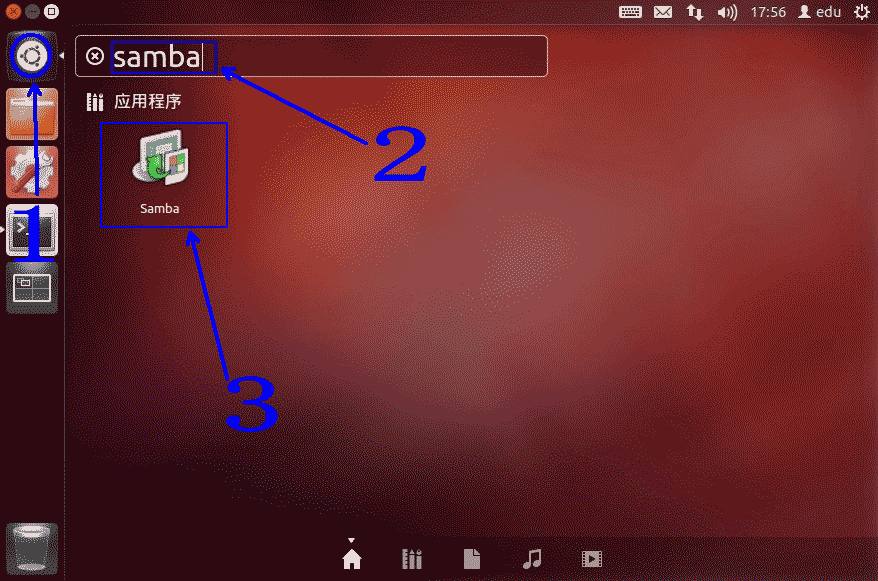
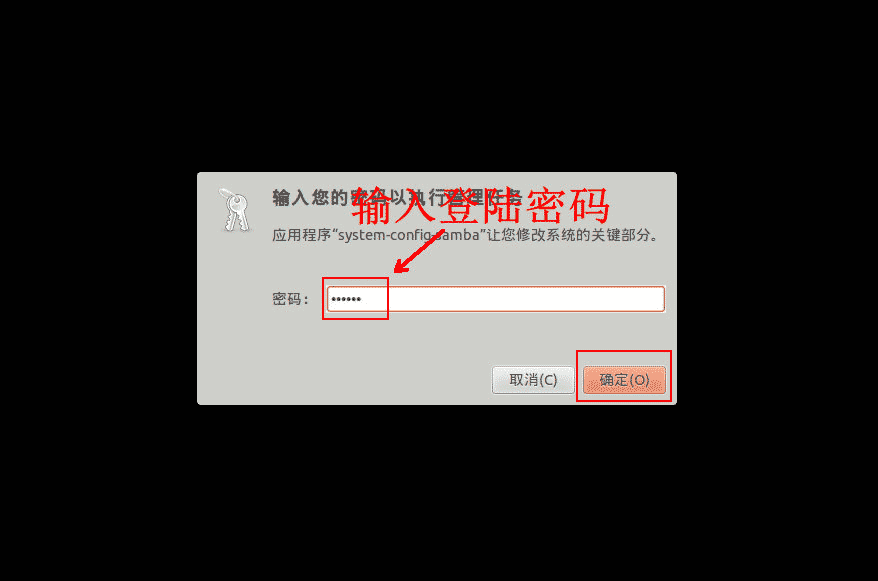
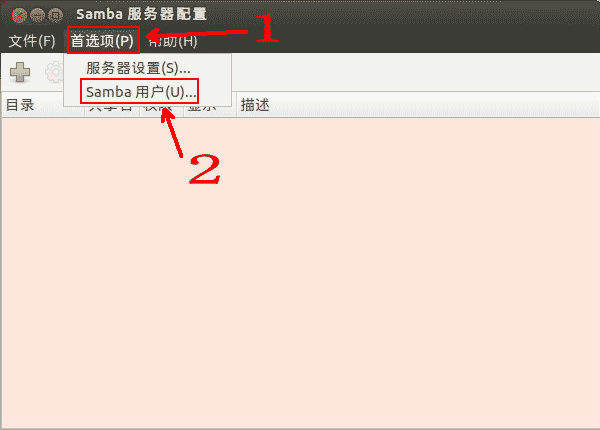
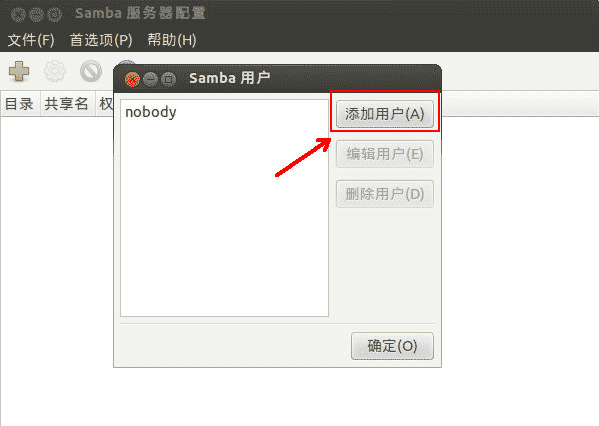
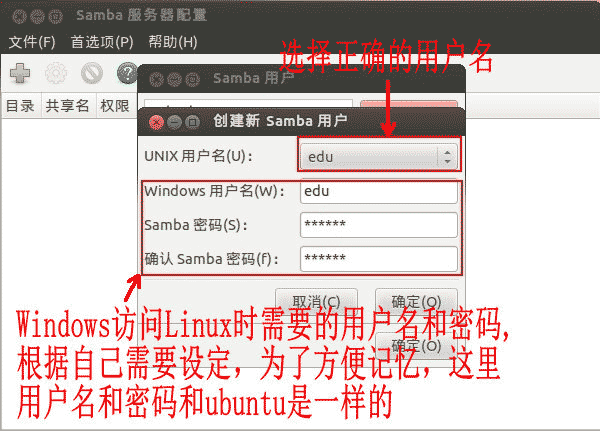
2) Set the Linux shared directory and its permissions
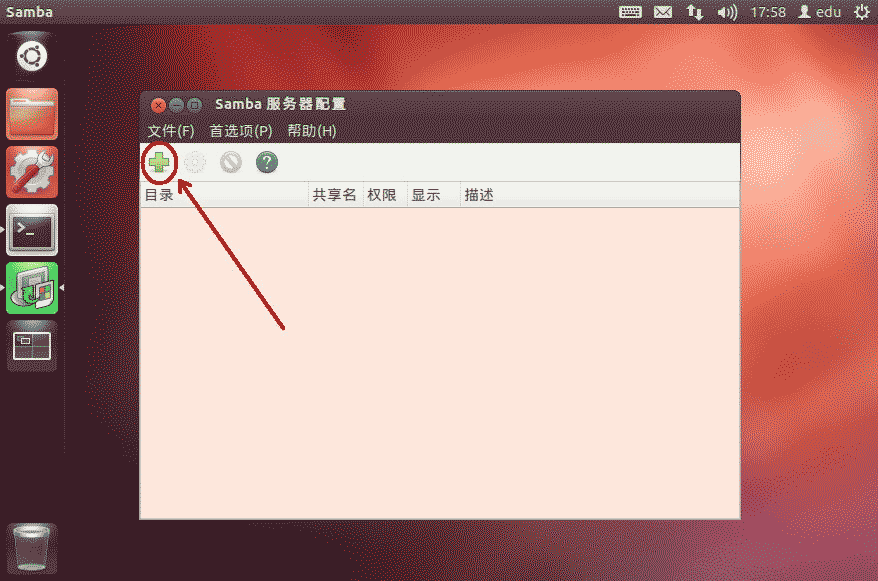
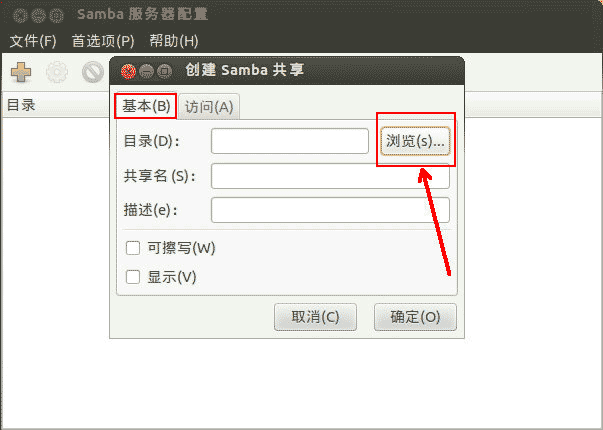
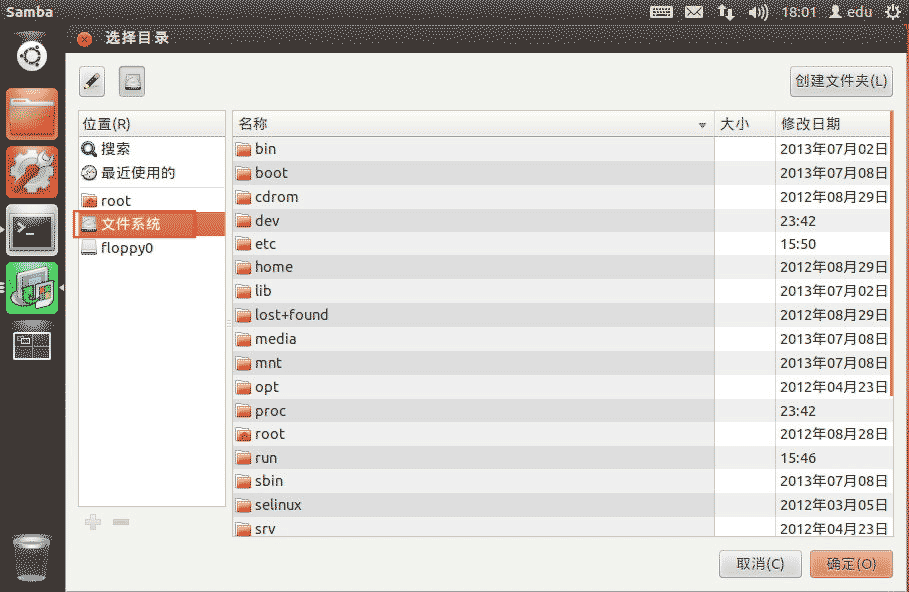
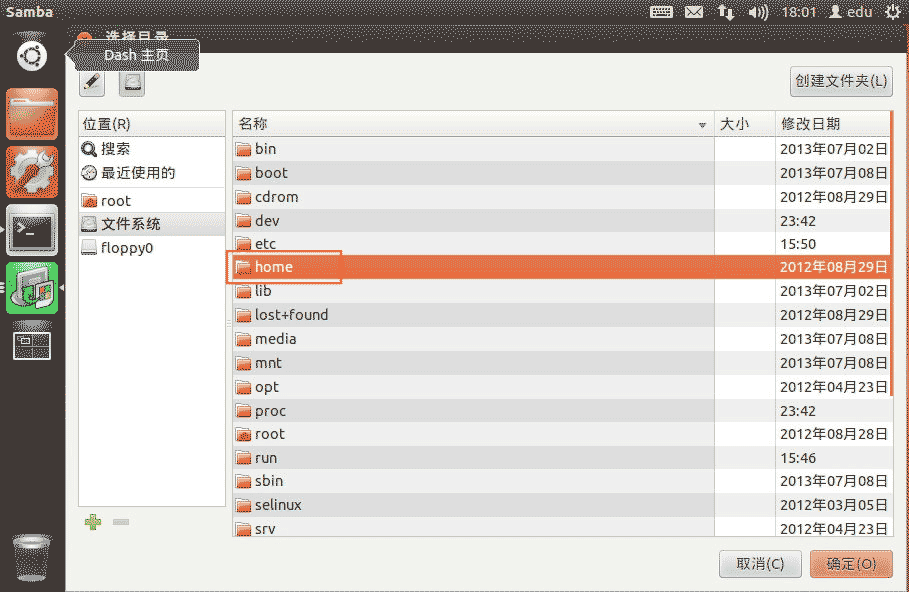
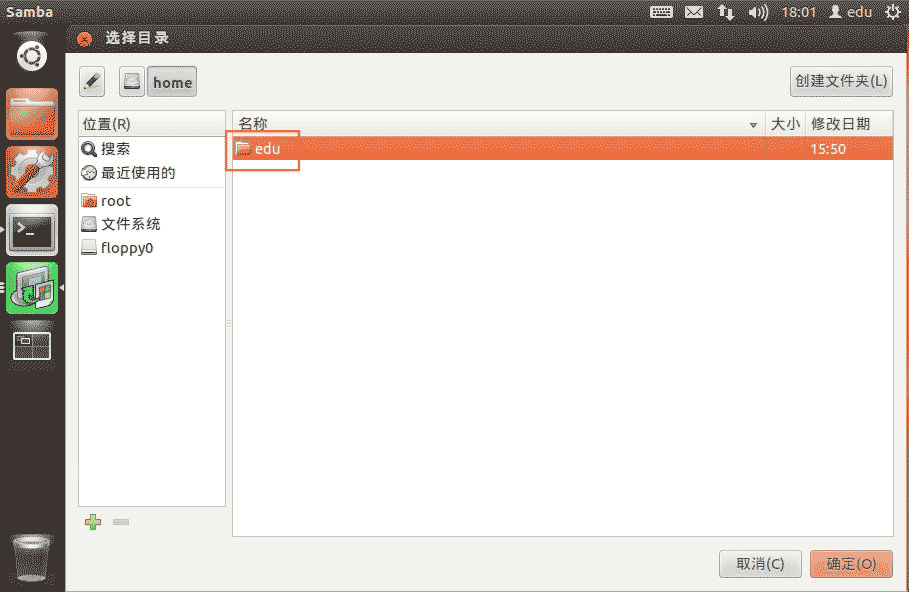
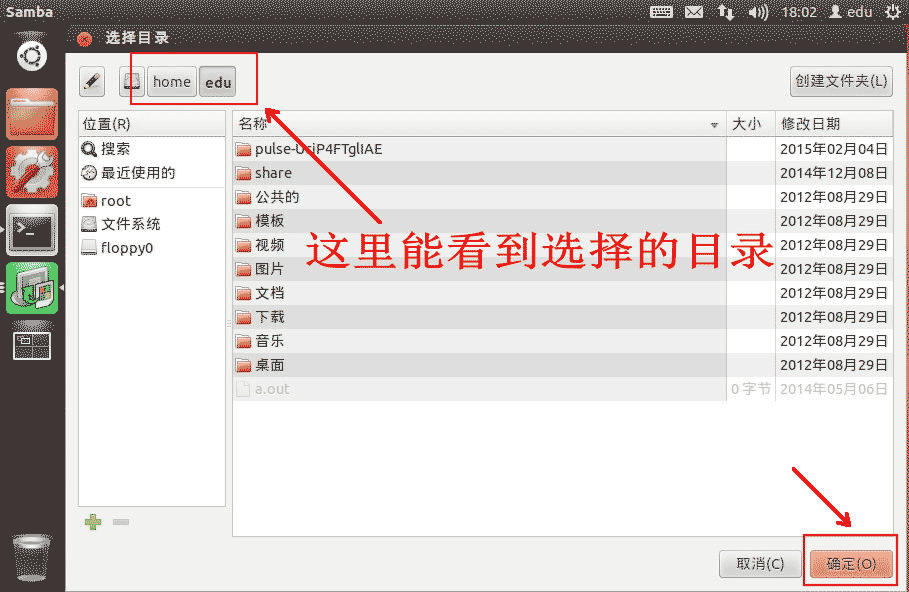
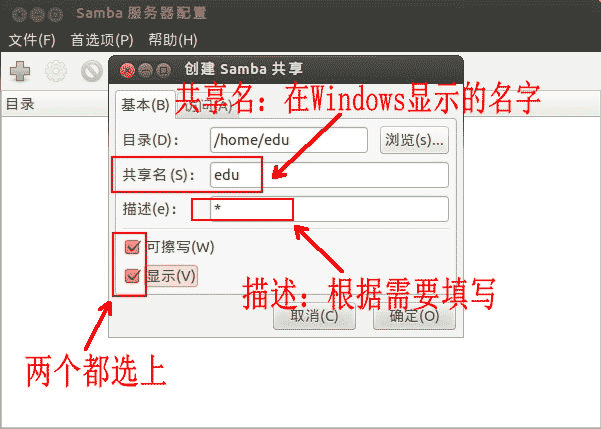
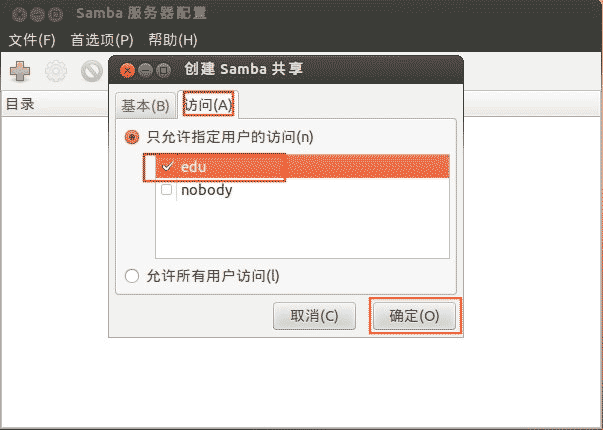
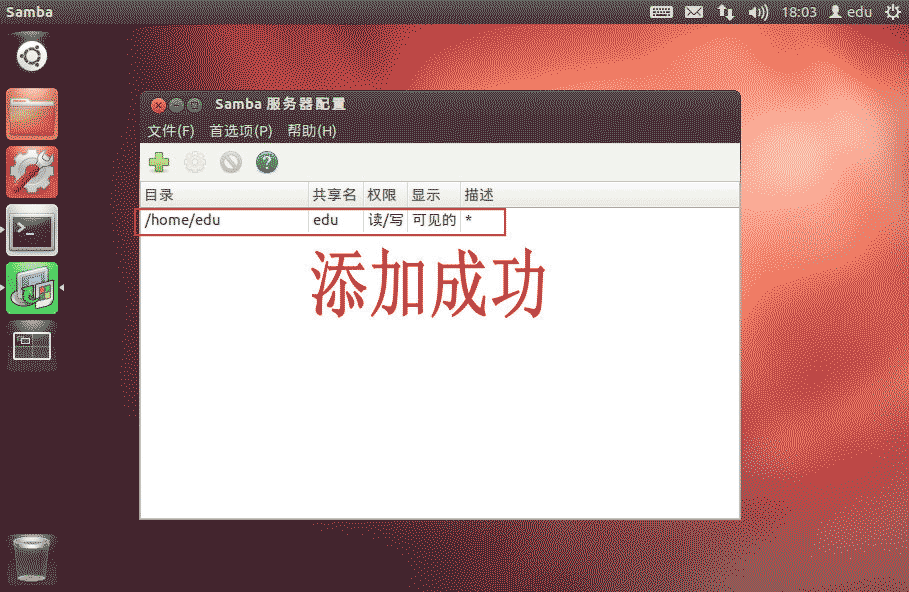
3. Test usage
1) If a Windows host wants to access the shared directory of Ubuntu, the networks of the two systems must be able to ping, otherwise, access will not be possible. The picture below shows the ip of Ubuntu to ping Windows:
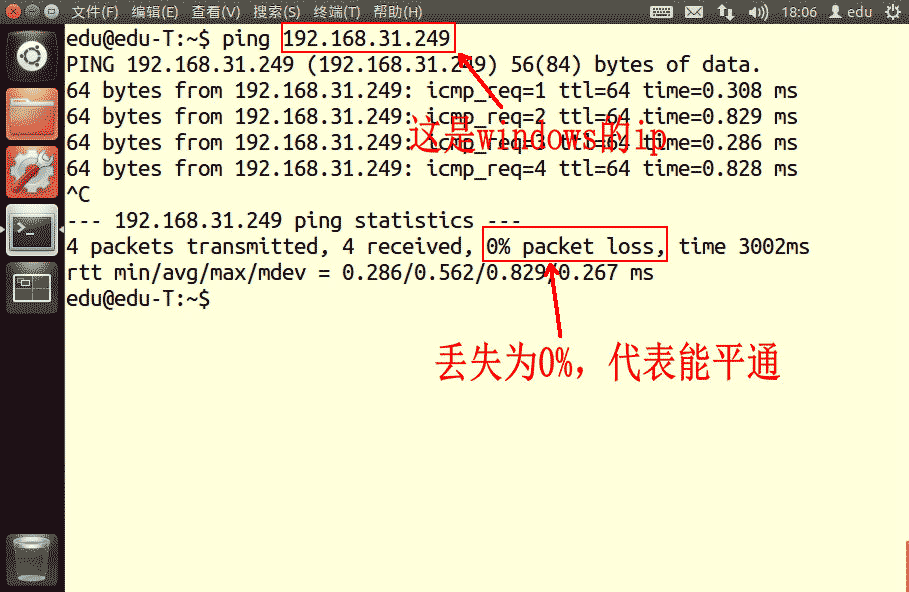
2) Obtain the ip of ubuntu and type: ifconfig in the terminal.
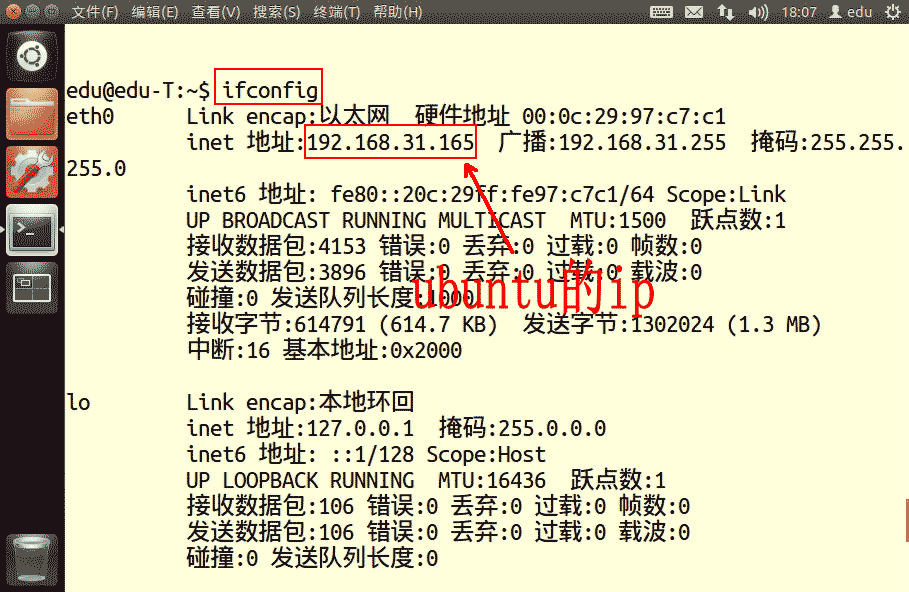
3) Access the samba shared directory and operate on the Windows host: Start-->Run-->\\10.220.x.x(ubuntu's ip)\share(share name):
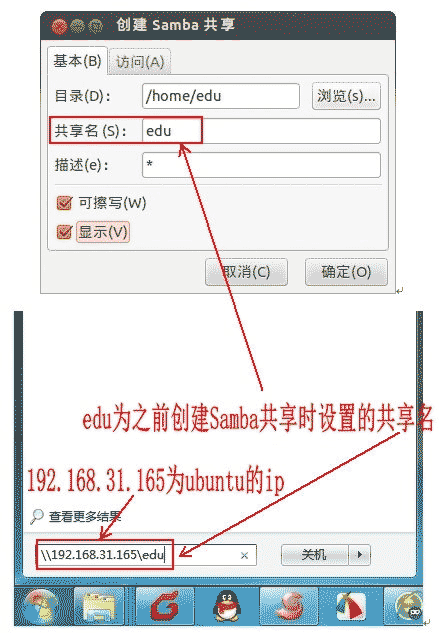
4) Enter username and password:
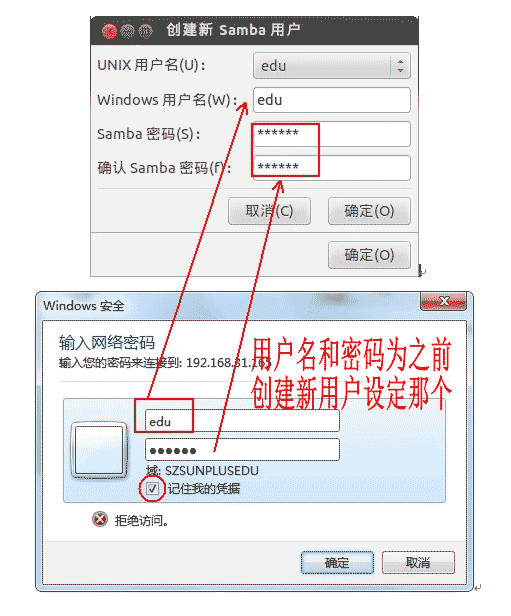
5) Enter the shared directory:
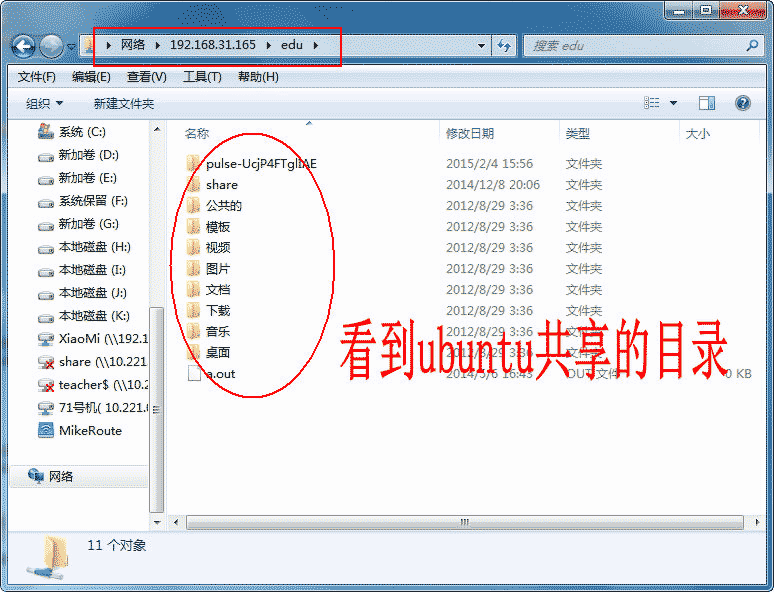
Map Network Drive
In the future, when accessing the ubuntu shared directory, you must operate on the Windows host: Start-->Run-->\\10.220.x.x (ubuntu's ip)\share (share name), this will be very troublesome. Let me introduce you to a good method: mapping a network drive.
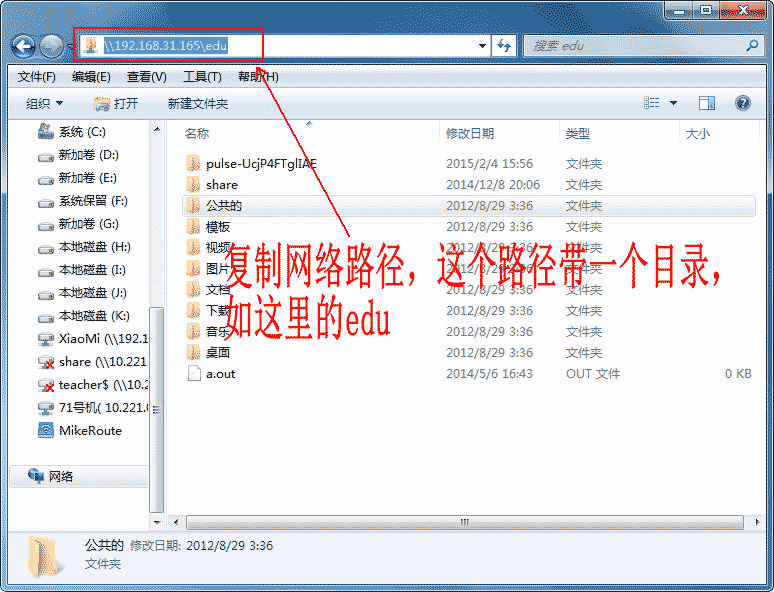
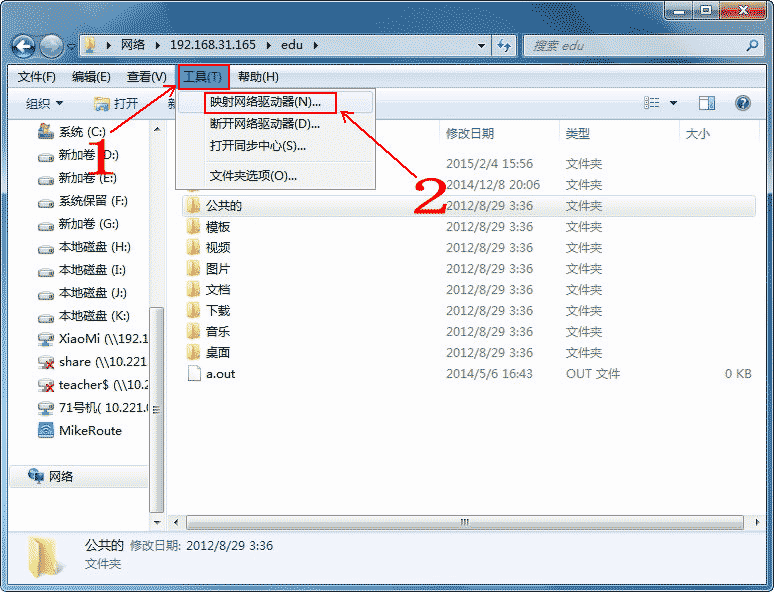
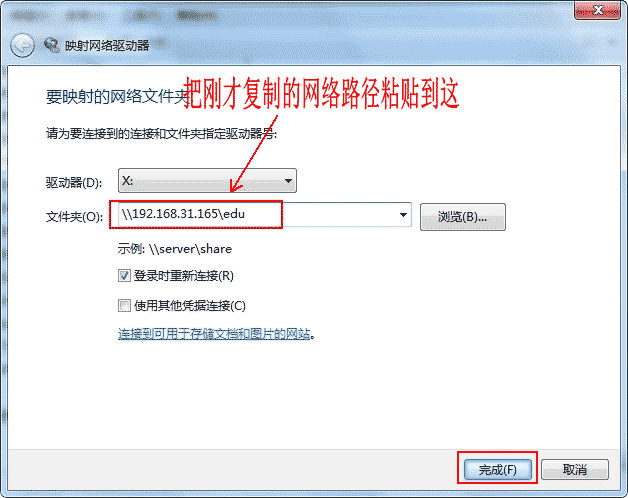
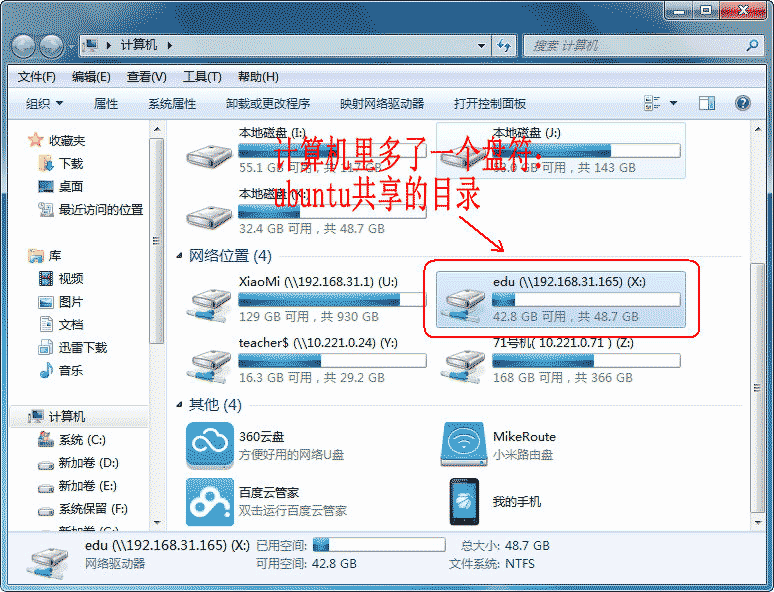
In the future, if we open my computer directly, we can see this shared directory and open it directly (provided that ubuntu has been turned on). If we no longer want to use it, we can also disconnect the network drive:
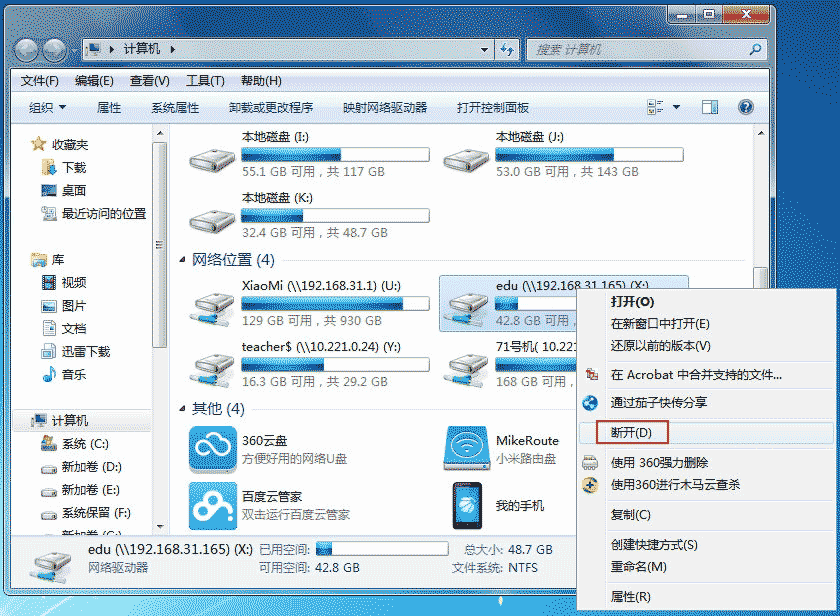
If there is a problem with the samba service, you can restart the service:
sudo service smbd restart
Okay, that’s it for this article. I hope you will support this site in the future.
The above is the detailed content of Graphic tutorial for installing Samba on Ubuntu. For more information, please follow other related articles on the PHP Chinese website!

Hot AI Tools

Undresser.AI Undress
AI-powered app for creating realistic nude photos

AI Clothes Remover
Online AI tool for removing clothes from photos.

Undress AI Tool
Undress images for free

Clothoff.io
AI clothes remover

Video Face Swap
Swap faces in any video effortlessly with our completely free AI face swap tool!

Hot Article

Hot Tools

Notepad++7.3.1
Easy-to-use and free code editor

SublimeText3 Chinese version
Chinese version, very easy to use

Zend Studio 13.0.1
Powerful PHP integrated development environment

Dreamweaver CS6
Visual web development tools

SublimeText3 Mac version
God-level code editing software (SublimeText3)

Hot Topics
 1666
1666
 14
14
 1425
1425
 52
52
 1328
1328
 25
25
 1273
1273
 29
29
 1253
1253
 24
24
 How to cancel the lock icon in the lower right corner of the Ubuntu 18.04 folder?
Jan 12, 2024 pm 11:18 PM
How to cancel the lock icon in the lower right corner of the Ubuntu 18.04 folder?
Jan 12, 2024 pm 11:18 PM
In the Ubuntu system, we often encounter folders with a lock shape on the top. This file often cannot be edited or moved. This is because there is no permission to edit the file, so we need to modify its permissions. How to remove the lock in the lower right corner? Let’s take a look at the detailed tutorial below. 1. Right-click on the locked folder--Properties. 2. Select the permissions option in the window. 3. Select everything inside to create and delete files. 4. Then select Change the permissions of the included files at the bottom, which are also set to create and delete files. Finally, remember to click Change in the upper right corner. 5. If the above lock is still not removed, or the options are grayed out and cannot be operated, you can right-click inside - open the terminal. 6. make
 What should I do if the Ubuntu terminal cannot be opened? How to fix the problem that Ubuntu cannot open the terminal
Feb 29, 2024 pm 05:30 PM
What should I do if the Ubuntu terminal cannot be opened? How to fix the problem that Ubuntu cannot open the terminal
Feb 29, 2024 pm 05:30 PM
It is a very common problem these days that Ubuntu does not allow its users to open the terminal. If you receive a similar issue and don’t know what to do next, learn about five fixes on how to resolve this “Ubuntu cannot open terminal” issue on your Linux device. Without further ado, let’s dive into what causes it and the solutions available to it. Why can't Ubuntu open the terminal on it? This mainly happens when you install some defective software or modify the terminal configuration. In addition to this, new applications or games that interact with locales and corrupt them can cause similar problems. Some users reported a fix for this issue when searching for Terminal in Ubuntu's activity menu. This shows that
 How to remove icons in Ubuntu start menu?
Jan 13, 2024 am 10:45 AM
How to remove icons in Ubuntu start menu?
Jan 13, 2024 am 10:45 AM
There are many software icons listed in the Ubuntu system start menu. There are many uncommon icons. If you want to delete them, how should you delete them? Let’s take a look at the detailed tutorial below. 1. First enter the ubuntu desktop and click on the start menu under the left panel. 2. You can find a text editor icon inside, we need to delete it. 3. Now we return to the desktop and right-click the mouse to open the terminal. 4. Use the command to open the application list directory. sudonautilus/usr/share/applicationssudonautilus~/.local/share/applications5. Find the corresponding text editor icon inside. 6. Then go straight
 Log in to Ubuntu as superuser
Mar 20, 2024 am 10:55 AM
Log in to Ubuntu as superuser
Mar 20, 2024 am 10:55 AM
In Ubuntu systems, the root user is usually disabled. To activate the root user, you can use the passwd command to set a password and then use the su- command to log in as root. The root user is a user with unrestricted system administrative rights. He has permissions to access and modify files, user management, software installation and removal, and system configuration changes. There are obvious differences between the root user and ordinary users. The root user has the highest authority and broader control rights in the system. The root user can execute important system commands and edit system files, which ordinary users cannot do. In this guide, I'll explore the Ubuntu root user, how to log in as root, and how it differs from a normal user. Notice
 A sneak peek of the seven highlights of Ubuntu 24.04 LTS
Feb 27, 2024 am 11:22 AM
A sneak peek of the seven highlights of Ubuntu 24.04 LTS
Feb 27, 2024 am 11:22 AM
Ubuntu24.04LTS, codenamed "NobleNumbat" will be released soon! If you are using a non-LTS version such as Ubuntu 23.10, sooner or later you will need to consider upgrading. For those using Ubuntu20.04LTS or Ubuntu22.04LTS, it is worth thinking about whether to upgrade. Canonical has announced that Ubuntu 24.04LTS will provide update support for up to 12 years, broken down as follows: As an LTS version, it will have 5 years of regular maintenance and security updates. If you subscribe to Ubuntu Pro, you can enjoy an additional 5 years of support. Currently, this additional support period has been extended to 7 years, which means you will get up to 12
 Ubuntu 20.04 screen recording software OBS installation and uninstallation graphic tutorial
Feb 29, 2024 pm 04:01 PM
Ubuntu 20.04 screen recording software OBS installation and uninstallation graphic tutorial
Feb 29, 2024 pm 04:01 PM
OBS is open source software developed by volunteer contributors around the world in their free time. A video live recording software, mainly used for video recording and live streaming. Please note that when installing Ubuntu/Mint, OBSStudio cannot fully work on ChromeOS, and functions such as screen and window capture cannot be used. It is recommended to use xserver-xorg1.18.4 or newer version to avoid potential performance issues with certain features in OBS, such as full-screen projectors. FFmpeg is required. If you don't have FFmpeg installed (if you're not sure, you probably don't), you can get it with: sudoaptinstallffmpeg I already have it installed here
 How to change the keyboard layout of Ubuntu system to American keyboard?
Jan 12, 2024 pm 12:39 PM
How to change the keyboard layout of Ubuntu system to American keyboard?
Jan 12, 2024 pm 12:39 PM
To change the system keyboard layout to American keyboard, how to modify it in Ubuntu system? Let’s take a look at the detailed setting method below. 1. Right-click on the desktop, open openterminal, and enter the command. 2. Just enter the administrator password and select your computer according to the type. 3. Select the country English (us), press tab and select OK. 4. Select English (us) for the keyboard layout to represent the United States. Set a modifier key in Figure 2. 5. Select a key combination to activate its [altgr] function. If you select no, no key combination is needed, and then select yes, then you can set the keyboard layout to English (us), which is an American keyboard.
 How to disable global menu in Ubuntu system?
Jan 11, 2024 pm 04:33 PM
How to disable global menu in Ubuntu system?
Jan 11, 2024 pm 04:33 PM
Starting from Ubuntu 11.04, a new feature has been added called the global menu, which is a common menu bar shared by all applications (shown above). Most of us have been used to each application window having its own menu bar. A global menu is available on the top panel of the Unity desktop, regardless of where the application window is. If the application window in the lower right corner of your screen is resized to small, the application's menu bar remains on the top panel. This can be confusing and uncomfortable if you're not used to it. This experience mainly refers to "This is How Linux Should Be Learned". If you don't like the new global menu and want to move the menu bar back to each application window, we will show you how to disable the global menu. 1. Press Ctrl+Al




